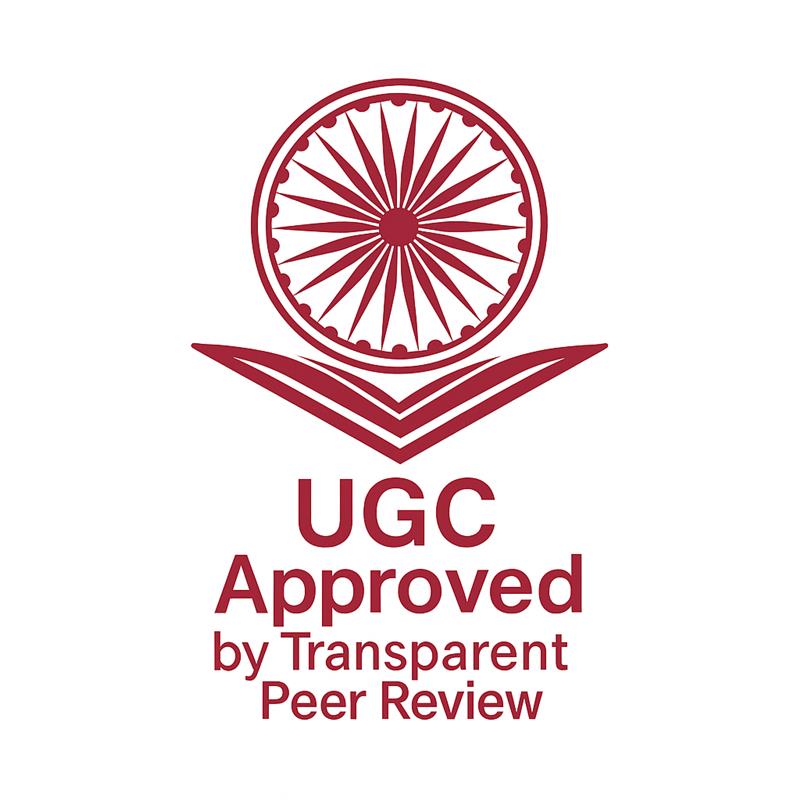Paper Title
Plant Aliment Detection Using Deep Learning And Conventional Neural Network
Article Identifiers
Authors
Keywords
CNN (CONVENTIONAL NEURAL NETWORK), SVM (SUPOORT VECTOR MACHINE), K-NN (K- NEAREST NEIGHBOURS), DEEP LEARNING, AUTO PLANT PEST DETECTION, PLANT LEAF DISEASE DETECTION
Abstract
Plant disease detection is an emerging field in which imaging techniques are applied to the field, using images that can detect differences between healthy and diseased plants. The main goal of this research is to quickly capture images of a disease on a plant, with the hope that it can be used to find a cure for it. This ailment can be caused by several factors including insects, bacteria and viruses. The plant disease detection tool detects plant diseases at the genetic level. The tool identifies the causative agent, initial symptoms and pathogen of a crop. It also provides early warning about new crop varieties with unknown genetic resistance for common diseases. Detecting plant diseases using deep learning is an important step toward developing a smart network capable of proactively identifying and monitoring the health of crops, and to ultimately allow farmers to predict future deterioration. We have developed a model that has already been validated on three pipelines of different sizes. A second goal was to use this model's power with high accuracy to distinguish between different classes or types of pathogens such as fungal and oomycetes. We’ve identified three different classes of pathogens that can cause disease in crops. The first class is bacterial, which are single-celled organisms that can be harmful to plants. The second class is fungal, which are also single-celled organisms but with more complex features than bacteria. In order to classify illnesses in plants and illustrate the model's importance, CNN was employed in conjunction with histogram approaches. To diagnose tomato leaf illnesses, simple CNN architectures including AlexNet, GoogLeNet, and ResNet were built. Plots of training and validation accuracy were used to display the model's performance; ResNet was judged to be the best CNN architecture.
Downloads
How To Cite (APA)
Pentapati Venkata Surya Kamal, Narava Chitti Dedeepya, Gullapalli Jaswanth Chowdary, Palla Sesha Ratna Kumari, & Pillaka Suvarna (December-2022). Plant Aliment Detection Using Deep Learning And Conventional Neural Network. INTERNATIONAL JOURNAL OF NOVEL RESEARCH AND DEVELOPMENT, 7(12), b326-b329. https://ijnrd.org/papers/IJNRD2212132.pdf
Issue
Volume 7 Issue 12, December-2022
Pages : b326-b329
Other Publication Details
Paper Reg. ID: IJNRD_184893
Published Paper Id: IJNRD2212132
Downloads: 000122258
Research Area: Computer EngineeringÂ
Author Type: Indian Author
Country: Visakhapatnam, Andhra Pradesh, India
Published Paper PDF: https://ijnrd.org/papers/IJNRD2212132.pdf
Published Paper URL: https://ijnrd.org/viewpaperforall?paper=IJNRD2212132
About Publisher
Journal Name: INTERNATIONAL JOURNAL OF NOVEL RESEARCH AND DEVELOPMENT(IJNRD)
UGC CARE JOURNAL PUBLICATION | ISSN: 2456-4184 | IMPACT FACTOR: 8.76 Calculated By Google Scholar | ESTD YEAR: 2016
An International Scholarly Open Access Journal, Peer-Reviewed, Refereed Journal Impact Factor 8.76 Calculate by Google Scholar and Semantic Scholar | AI-Powered Research Tool, Multidisciplinary, Monthly, Multilanguage Journal Indexing in All Major Database & Metadata, Citation Generator
Publisher: IJNRD (IJ Publication) Janvi Wave | IJNRD.ORG | IJNRD.COM | IJPUB.ORG
Copyright & License
© 2025 — Authors hold the copyright of this article. This work is licensed under a Creative Commons Attribution 4.0 International License. and The Open Definition.
You are free to share, adapt, and redistribute the material, provided proper credit is given to the original author. 🛡️ Disclaimer: The content, data, and findings in this article are based on the authors’ research and have been peer-reviewed for academic purposes only. Readers are advised to verify all information before practical or commercial use. The journal and its editorial board are not liable for any errors, losses, or consequences arising from its use.

Publication Timeline
Article Preview: View Full Paper
Call For Paper
IJNRD is a Scholarly Open Access, Peer-Reviewed, Refereed, and UGC CARE Journal Publication with a High Impact Factor of 8.76 (calculated by Google Scholar & Semantic Scholar | AI-Powered Research Tool). It is a Multidisciplinary, Monthly, Low-Cost, and Transparent Peer Review Journal Publication that adheres to the UGC CARE 2025 Peer-Reviewed Journal Policy and aligns with Scopus Journal Publication standards to ensure the highest level of research quality and credibility.
IJNRD offers comprehensive Journal Publication Services including indexing in all major databases and metadata repositories, Digital Object Identifier (Crossref DOI) assignment for each published article with additional fees, citation generation tools, and full Open Access visibility to enhance global research reach and citation impact.
The INTERNATIONAL JOURNAL OF NOVEL RESEARCH AND DEVELOPMENT (IJNRD) aims to advance applied, theoretical, and experimental research across diverse academic and professional fields. The journal promotes global knowledge exchange among researchers, developers, academicians, engineers, and practitioners, serving as a trusted platform for innovative, peer-reviewed journal publication and scientific collaboration.
Indexing Coverage: Google Scholar, SSRN, ResearcherID-Publons, Semantic Scholar (AI-Powered Research Tool), Microsoft Academic, Academia.edu, arXiv.org, ResearchGate, CiteSeerX, ResearcherID (Thomson Reuters), Mendeley, DocStoc, ISSUU, Scribd, and many other recognized academic repositories.
How to submit the paper?
By Our website
Click Here to Submit Paper Online
You can now publish your research in IJNRD. IJNRD is a Transparent Peer-Reviewed Open Access Journal Publication (Refereed Journal), aligning with New UGC and UGC CARE recommendations.
For more details, refer to the official notice: UGC Public Notice
Submit Paper Online
Important Dates for Current issue
Paper Submission Open For: December 2025
Current Issue: Volume 10 | Issue 12 | December 2025
Impact Factor: 8.76
Last Date for Paper Submission: Till 31-Dec-2025
Notification of Review Result: Within 1-2 Days after Submitting paper.
Publication of Paper: Within 01-02 Days after Submititng documents.
Frequency: Monthly (12 issue Annually).
Journal Type: IJNRD is an International Peer-reviewed, Refereed, and Open Access Journal with Transparent Peer Review as per the new UGC CARE 2025 guidelines, offering low-cost multidisciplinary publication with Crossref DOI and global indexing.
Subject Category: Research Area
Call for Paper: More Details
Approval, Licenses and Indexing: More Details

 :
: 




